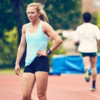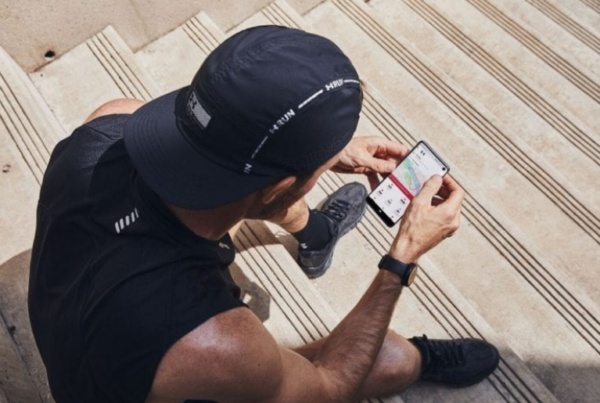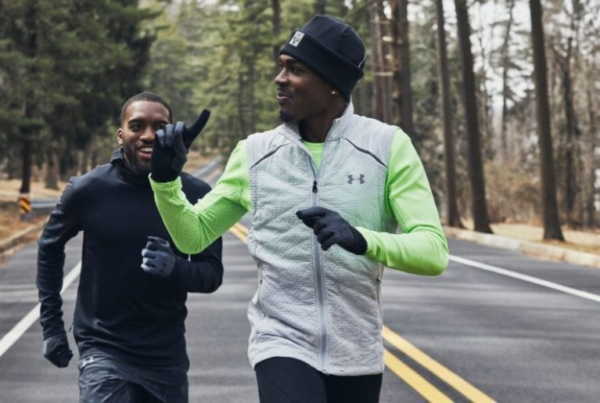“Runners have never been older…” is one of the key conclusions found in the latest edition of The State of Running, a report by RunRepeat.com and the International Association of Athletics Federations (IAAF). This could be one of the reasons why the motivation for running also appears to have changed from the past focus on achievement to the current one of overall health and well-being.
What race distances are seeing the biggest jump in the age of participants? The numbers may surprise you.
The latest report, from 2018, analyzed more than 70,000 running events between 1986–2018, including almost 108 million race results. They found a major shakeup over the years when it comes to age trends — with the average age of runners climbing from 35.2 in 1986 to 39.3 in 2018.
The biggest age jump can be seen in the 5K race distance, where the average age of participants increased by 25%, from 32 to 40. The 10K wasn’t far behind with a 23% increase from 33 to 39. It was the half-marathon — with a jump of 3% from 37.9 to 39 — and the marathon — with a 6% jump from 38 to 40 — that didn’t see a significant rise.
The report attributes these changes to longer racing careers and the fact older runners are feeling more welcome to start racing, regardless of age. When it comes to the age breakdown by gender, women start and stop racing earlier than men — which the report surmises could be due to childbirth and other parenting obligations — whereas men’s participation peaks around age 40.
Sonja Friend-Uhl, a coach for more than 20 years and the world record holder in the women’s masters indoor mile, American record holder in the women’s masters 1,500m, the women’s masters outdoor mile and the women’s masters indoor 3,000m, agrees the sport is more welcoming to older athletes. Part of that is because of the amount of information available to help these runners know the best way to approach the sport.
“I think, overall, we have more shared knowledge of how to train, fuel and recover on a broad basis via the internet, better coaching and more people participating in the sport,” Friend-Uhl notes. “[They’re starting to run] regardless of whether or not they competed in high school or college.”
- READ MORE > GETTING OLDER? YOU’LL NEED TO UPDATE YOUR RUN TRAINING
Masters athletes are those who are 40 or older and competing — in fact, Friend-Uhl notes many masters competitors are over the age of 80 — and they do need to approach the sport differently than an athlete in their 20s. Friend-Uhl adds that masters athletes have unique needs, which is why having a coach who specializes in working with and understanding masters athletes is important.
“Masters athletes have unique needs and conditions — age-related hormonal shifts, for example, injury risk, increased need of recovery and recuperative treatments, psychological challenges related to slowing down as we age, etc. — that a fellow masters competitor can best understand, not only from a learned and researched point of view, but from personal experience (which, in my opinion, is invaluable).”
The area she specifically notes requires special attention is recovery. While many masters athletes can train at the same intensity as a younger athlete, the body often needs more time to recover.
“I often use a 10-day cycle of workouts in my coaching and training structures versus a 7-day cycle as I did when I was younger,” she reveals. “Typically, I need 2–3 days of easy training between hard workouts versus 1–2 days at this point.”
The average age of runners is increasing and the biggest takeaway is you really can start running at any age. You really can tackle any race distance and set new challenges as long as you are willing to put in the work (and recovery) that goes along with it. While running as an older athlete will be different than what you may have experienced at a younger age, you definitely won’t be the only one out there and can benefit from the knowledge of other runners your age who have more experience.
“My best advice is to prioritize recovery, listen to your body and thereby be willing to make changes often to planned training/racing schedules,” shares Friend-Uhl. “Join a group of either masters runners or a local running club to benefit from the support, shared knowledge and camaraderie — and don’t forget to keep it fun!”









